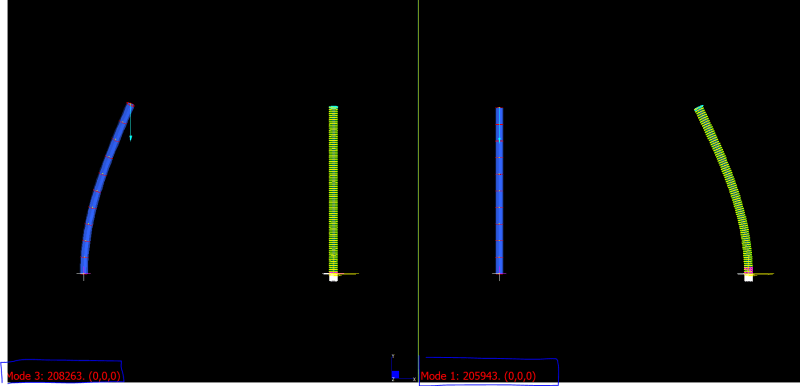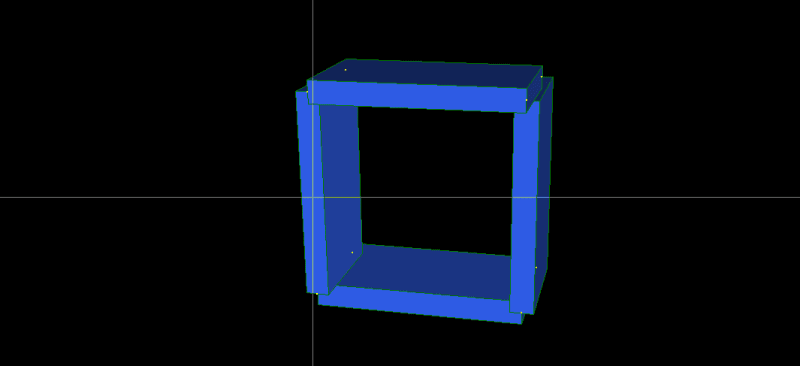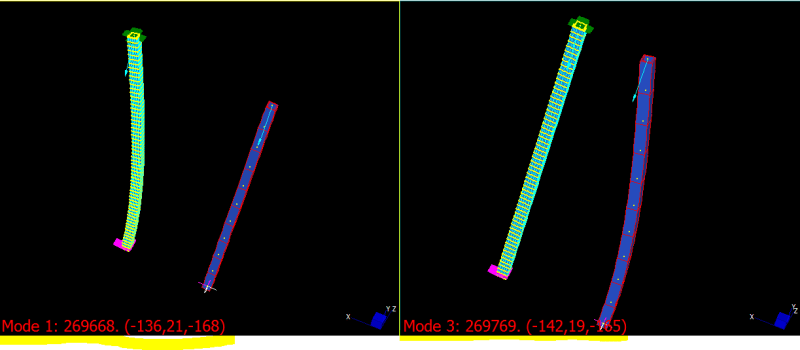Hi,
I attempted a buckling column analysis in abaqus.
The problem in question was a cantilever column, 3m long ,Hollow square section 100mm x 100mm and 10mm thk.
The material used is steel.
The theoretical Euler Critical compression value comes out to be 276kN.
I did this in two ways.
Firstly using the beam section, I got the buckling value 280kN , within a spitting distance of theoretical value of 276 kN.
Secondly I constructed the column out of plate elements, but in this case the buckling value was overestimated by about 26% to be around 360 kN.
I tried another try with cantilever height of 6m, and again I got buckling value higher by 26%.
Any idea why the plate elementised hollow square, gives higher critical loads?
Thanks
Shindey
I attempted a buckling column analysis in abaqus.
The problem in question was a cantilever column, 3m long ,Hollow square section 100mm x 100mm and 10mm thk.
The material used is steel.
The theoretical Euler Critical compression value comes out to be 276kN.
I did this in two ways.
Firstly using the beam section, I got the buckling value 280kN , within a spitting distance of theoretical value of 276 kN.
Secondly I constructed the column out of plate elements, but in this case the buckling value was overestimated by about 26% to be around 360 kN.
I tried another try with cantilever height of 6m, and again I got buckling value higher by 26%.
Any idea why the plate elementised hollow square, gives higher critical loads?
Thanks
Shindey




